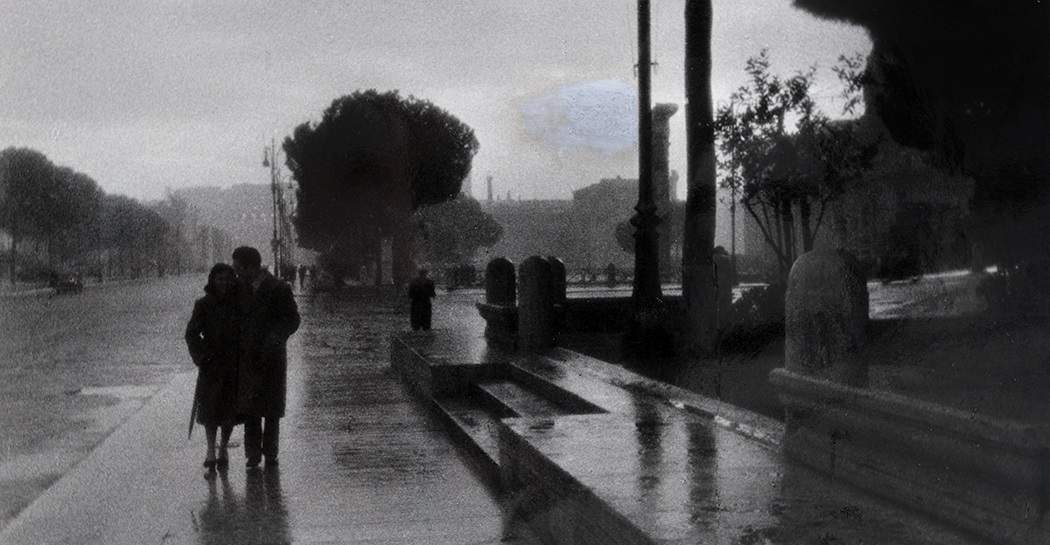An exhibition tells the story of Rome from the 19th century to the present through photography
From March 27 to September 22, 2019, the Museum of Rome at Palazzo Braschi is hosting the exhibition Rome in the Darkroom. Photographs of the city from the 19th century to the present. The exhibition displays about 320 images preserved in the rich collections of its Photographic Archive to celebrate the 180th anniversary of the official birth of photography with an extraordinary excursus in the most significant areas of the capital’s photographic history before the advent of digital.
It was in 1839, the year of Daguerre ’s presentation to theParis Academy of Sciences of the system he invented for fixing images on a silver foil, that the first daguerreotypists began to operate. In the years that followed, Rome was one of the first Italian cities to record the transition to photography printed on paper from a negative, which would also be made of paper and then later of glass. In the Eternal City, though gripped in the grip of papal temporal rule, and in the other Italian states, though shaken by the events that led to unification, there was a great diffusion of photography that was inserted in the wake of both pictorial and engraved Vedutism, to find in it a rapid field of expansion and commercialization, but which actually destabilized established artistic modes and ancient systems of reproduction, so much so that it repeatedly aroused the interest of rulers in its regulation. From the iconographic point of view, nineteenth-century photography took its cue from painting, in the field of views and portraits, seeking and obtaining in its shadow a legitimization of its artistic potential and an exoneration from the accusation of mere reproduction of reality. It had to wait until the end of the Risorgimento epic and the annexation to the Italian kingdom for the valid conditions to be created in Rome for a rapid increase in photography understood no longer only as a reproduction technique linked to the market of souvenir-images, but for its more conscious use in the various fields in which it could be applied: the role of capital led to an increase in public occasions as well as in population and job opportunities.
With different paths of visit, the exhibition moves from the beginnings of photography in the city, with artists already active close to the invention of the new technique, through the eras that saw the face of the city change more and more radically, to arrive, seamlessly, at the work of living artists who operated in a significant relationship with Roma Capitale. The story in images unfolds through 9 sections dedicated to the different themes, declinations and techniques, of this fascinating process.
Promoted by Roma Capitale, Assessorato alla Crescita culturale - Sovrintendenza Capitolina ai Beni Culturali and curated by Flavia Pesci and Simonetta Tozzi, the exhibition is accompanied by a series of lectures and workshops on specific themes.
To learn more you can visit the official website of the Museum of Rome.
Source: press release
 |
| An exhibition tells the story of Rome from the 19th century to the present through photography |
Warning: the translation into English of the original Italian article was created using automatic tools. We undertake to review all articles, but we do not guarantee the total absence of inaccuracies in the translation due to the program. You can find the original by clicking on the ITA button. If you find any mistake,please contact us.





























